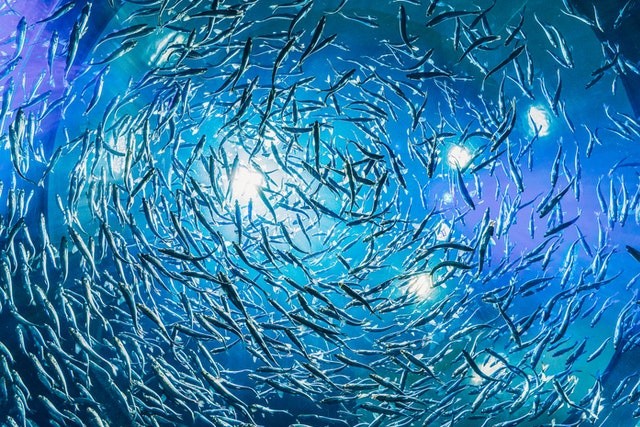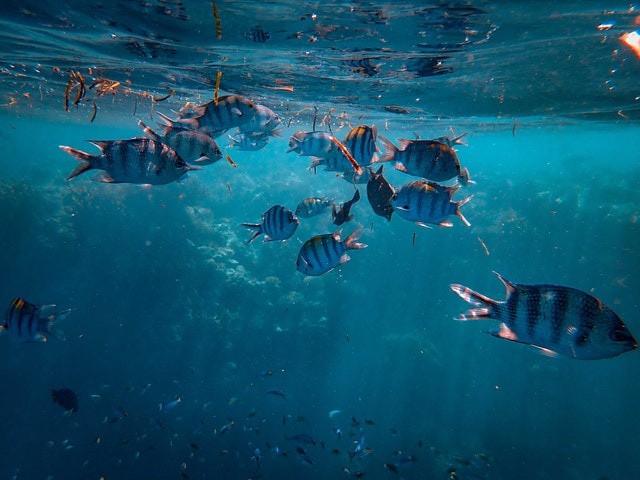Reintroduction of a "charismatic little fish" to the wild after being grown in an aquarium at Chester zoo has been successful.

Reintroduction of Tequila Fish to Mexico
After being reared in Chester and declared extinct in the wild in 2003, the fish was reintroduced to its native home.
Exotic fish and water pollution led to the extinction of the 70mm-long Zoogoneticus tequila in 2003, which is the smallest known species of fish in the world, according to The Guardian.
The species was found in 1990 in the Teuchitlán River in Jalisco, southwest Mexico, and was given its name after the Tequila volcano, which towers above its natural habitat to the north.
More than 1,500 fish have now been successfully re-introduced into the river after conservationists from Chester Zoo and Michoacan University of Mexico collaborated to bring them back.
The Teuchitlán's fish are prospering and reproducing, according to recent research. Efforts to reintroduce the golden skiffia (Skiffia francesae), another critically endangered fish, are now underway, according to experts.
This is the first time an extinct species of fish has been successfully restored in Mexico and therefore it's a genuine milestone for conservation, Michoacana University of Mexico professor Omar Dominguez said.
As a result of this research, many of the country's endangered or extinct fish species now have a precedent to build on in the future for their protection.
Increase in Tequila Fish Populations
Fisheries from Chester Zoo were sent to an aquatic biology section at the university in 1998 when the research began. It took the university's scientists 15 years to sustain and grow the colony started by these 10 fishes.
Forty males and forty females from the colony were released into big, artificial ponds at the university in advance of the reintroduction. Because of this, they had to deal with unpredictable resources, competition, parasites, and predators like owls, turtles, and snakes in a habitat that was still somewhat natural for them.
Scientists expect their population to increase to about ten thousand individuals after four years of reintroduction.
Monitoring programs for water and habitat quality have been created for the long term, employing local people who have been taught to do so.

Advantages of the Reintroduction
Invertebrates and lower vertebrates curator at Chester Zoo, Dr. Gerardo Garcia, called the successful reintroduction a watershed event in the fight for species protection.
"It is a real privilege to have helped save this charismatic little fish and it just goes to show that with the skill and expertise of conservationists, and with local communities fully invested in a reintroduction project, species can make a comeback from environments where they were once lost," he said.
This is a rare success story in a world where nature is disappearing at an unprecedented pace and the rate of extinction is rising. When it comes to rescuing sensitive fish species in Mexico, scientists now have a blueprint and are moving on to the next one-a new rescue expedition for the Golden Skiffia is now well under way.
For more news, updates about fishes and similar topics don't forget to follow Nature World News!
© 2025 NatureWorldNews.com All rights reserved. Do not reproduce without permission.





